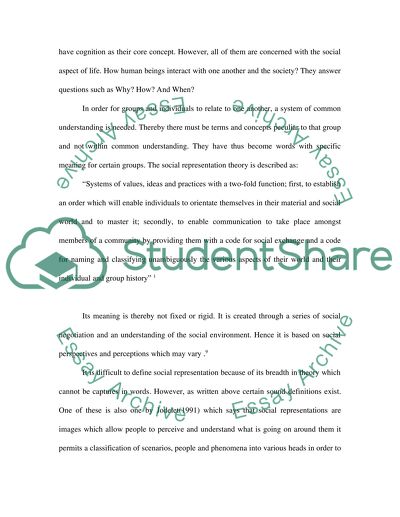Cite this document
(“Social Representation Theory Essay Example | Topics and Well Written Essays - 3000 words”, n.d.)
Social Representation Theory Essay Example | Topics and Well Written Essays - 3000 words. Retrieved from https://studentshare.org/sociology/1518471-social-representation-theory
Social Representation Theory Essay Example | Topics and Well Written Essays - 3000 words. Retrieved from https://studentshare.org/sociology/1518471-social-representation-theory
(Social Representation Theory Essay Example | Topics and Well Written Essays - 3000 Words)
Social Representation Theory Essay Example | Topics and Well Written Essays - 3000 Words. https://studentshare.org/sociology/1518471-social-representation-theory.
Social Representation Theory Essay Example | Topics and Well Written Essays - 3000 Words. https://studentshare.org/sociology/1518471-social-representation-theory.
“Social Representation Theory Essay Example | Topics and Well Written Essays - 3000 Words”, n.d. https://studentshare.org/sociology/1518471-social-representation-theory.


